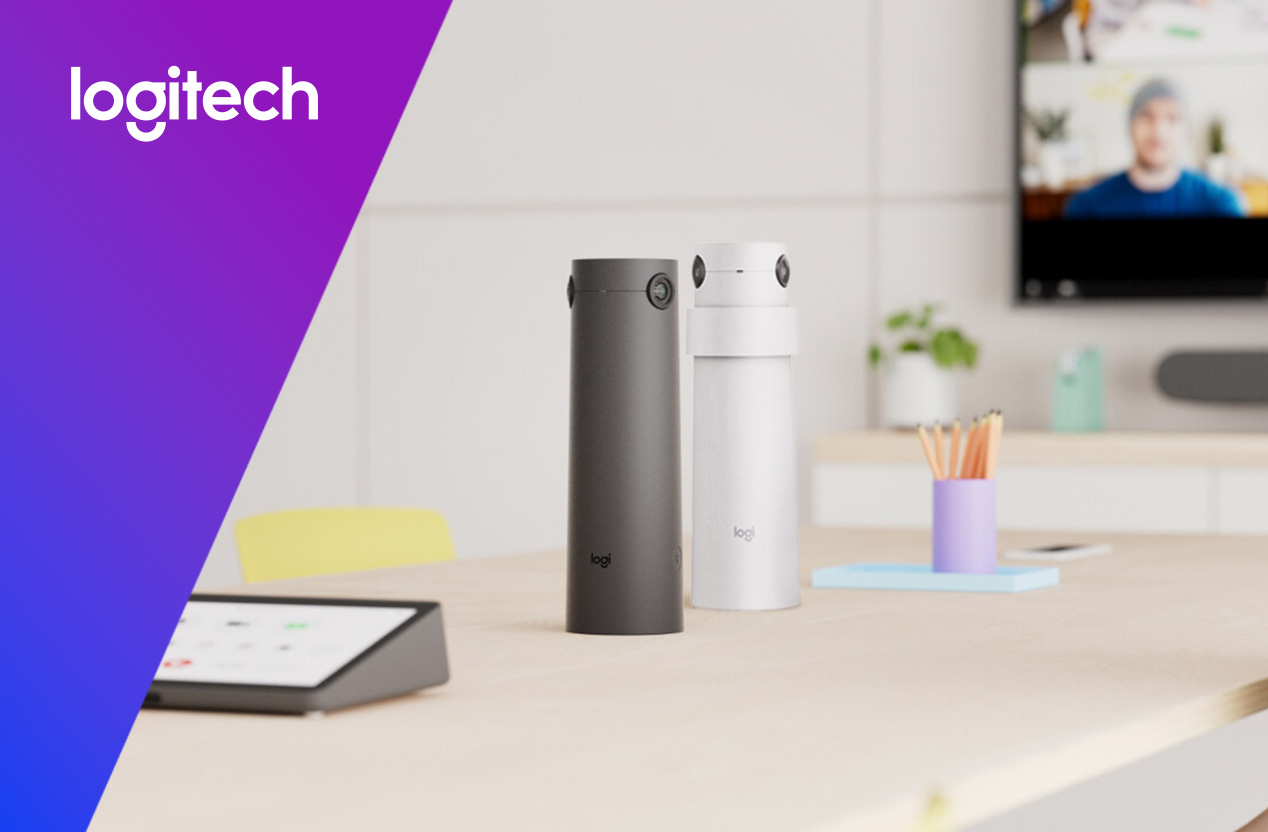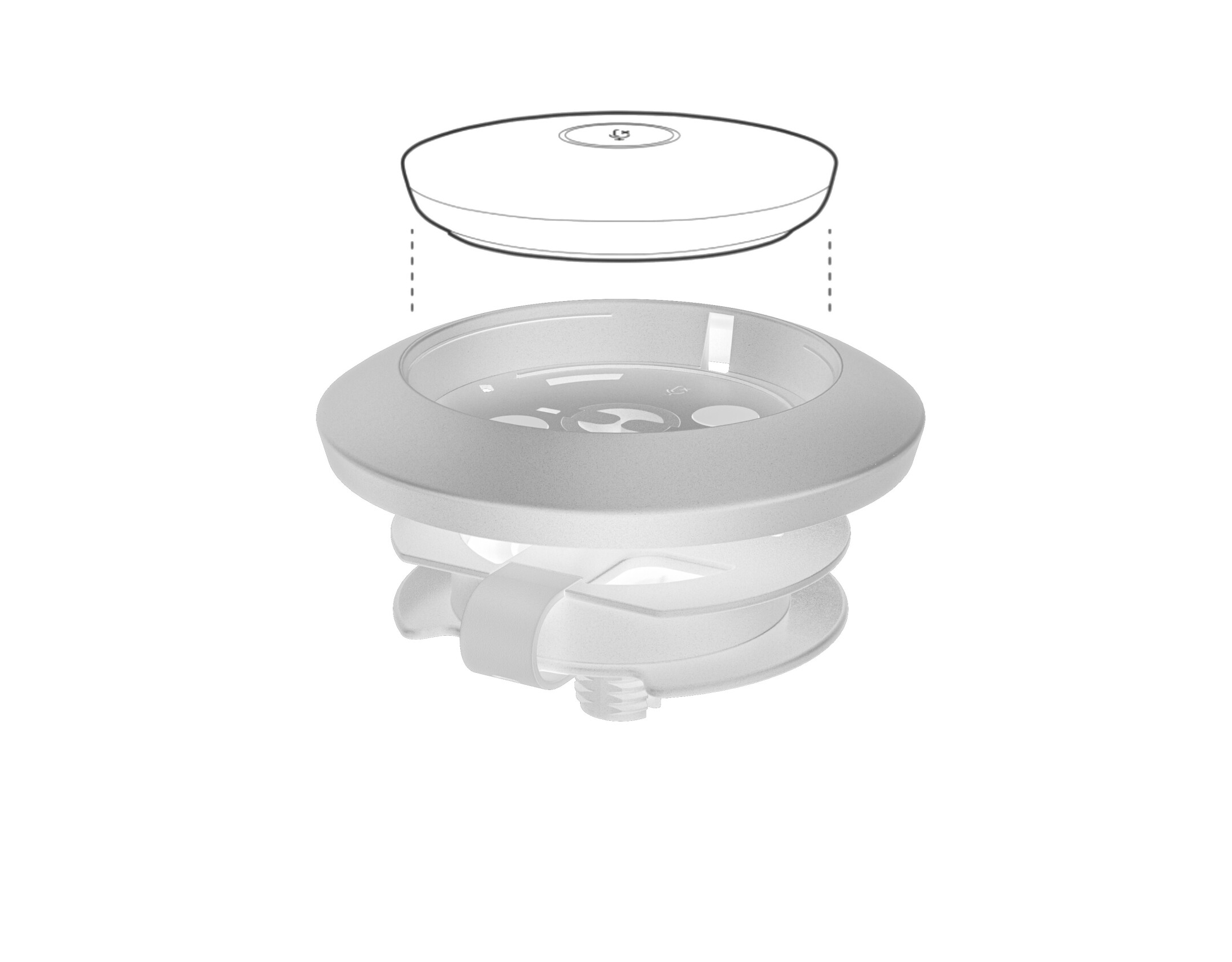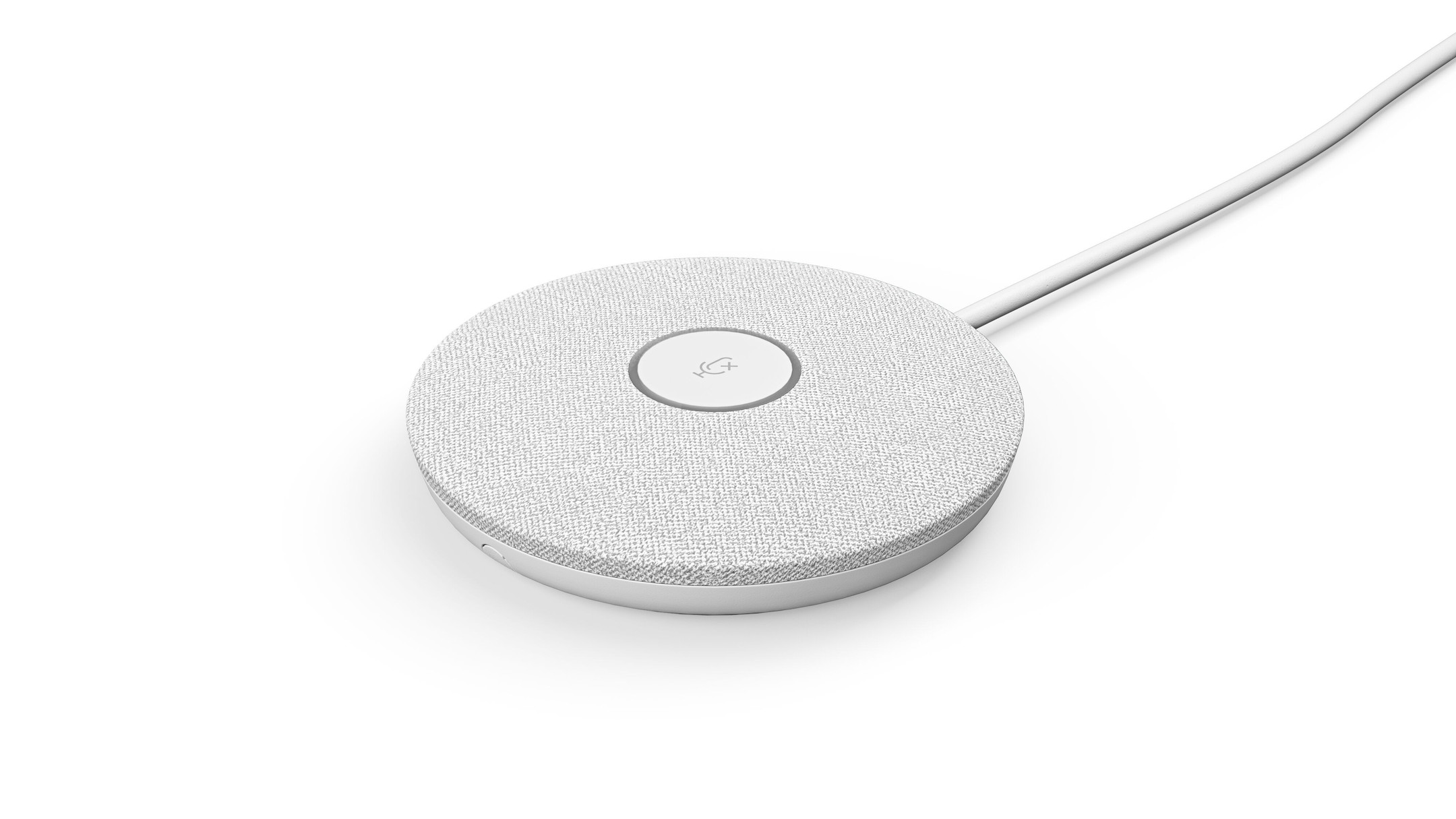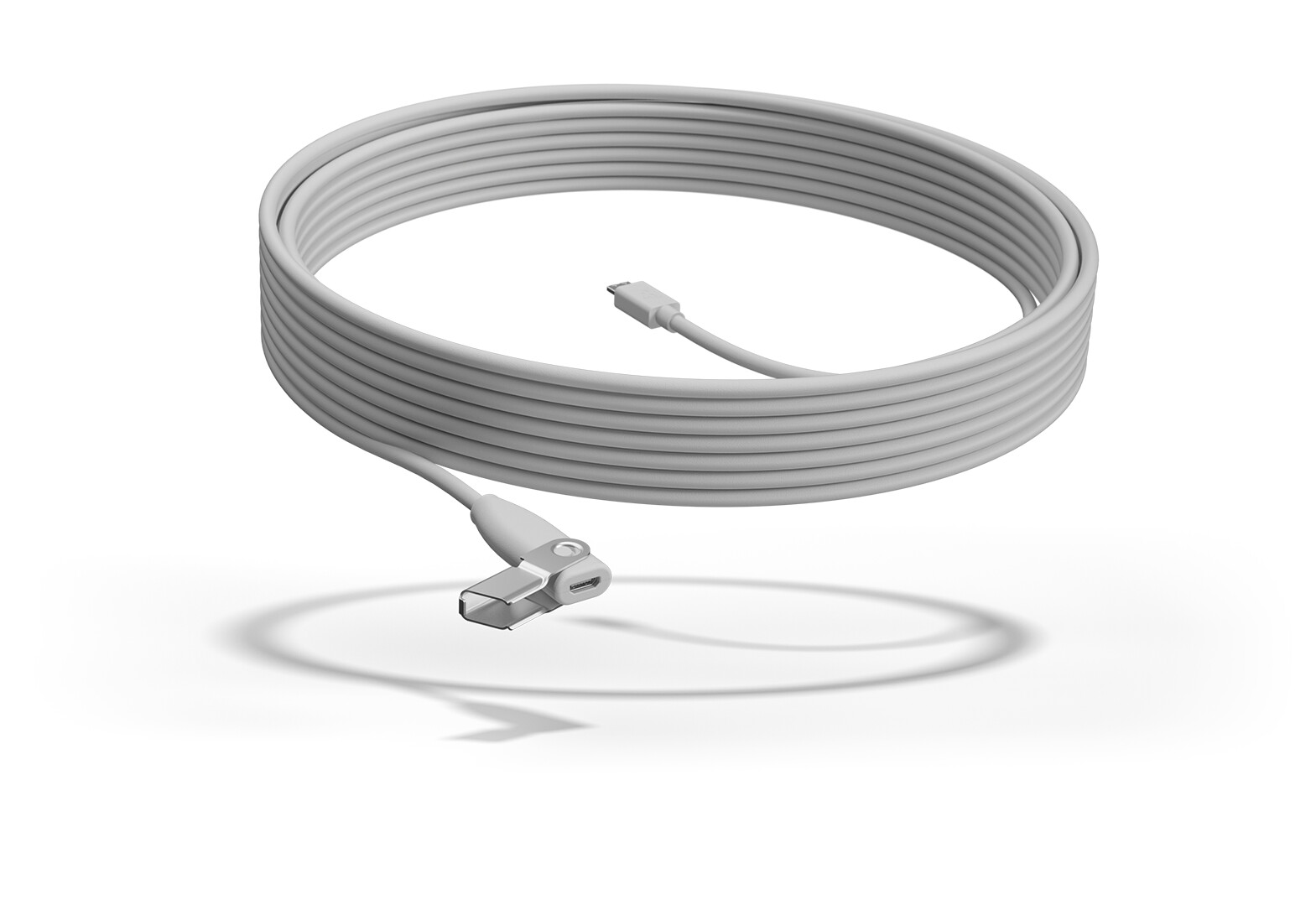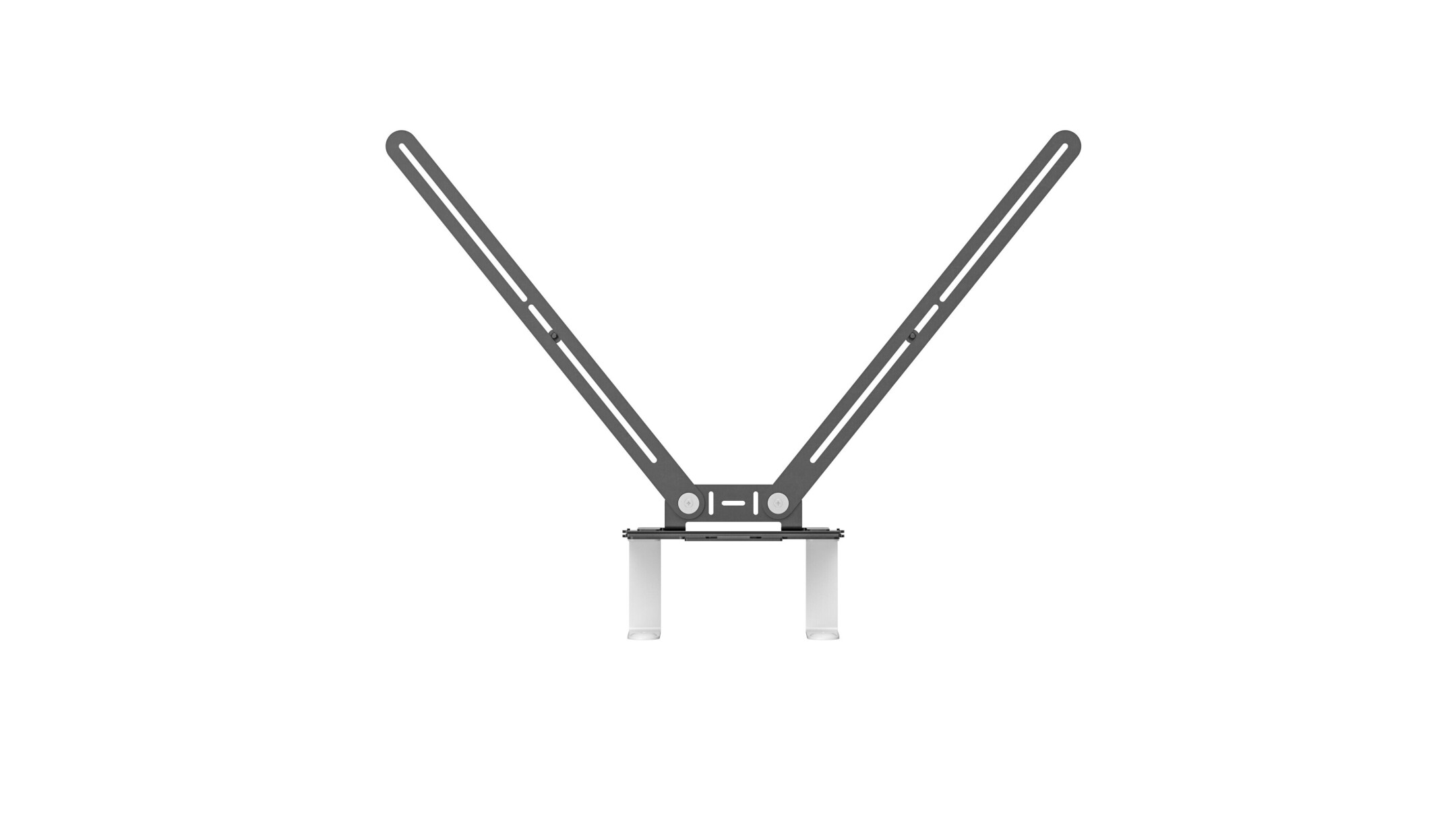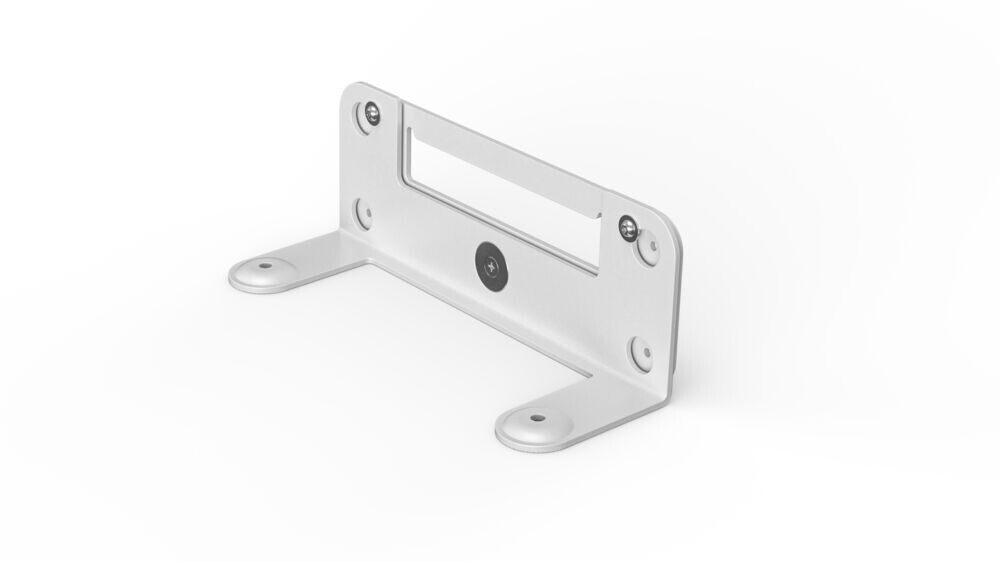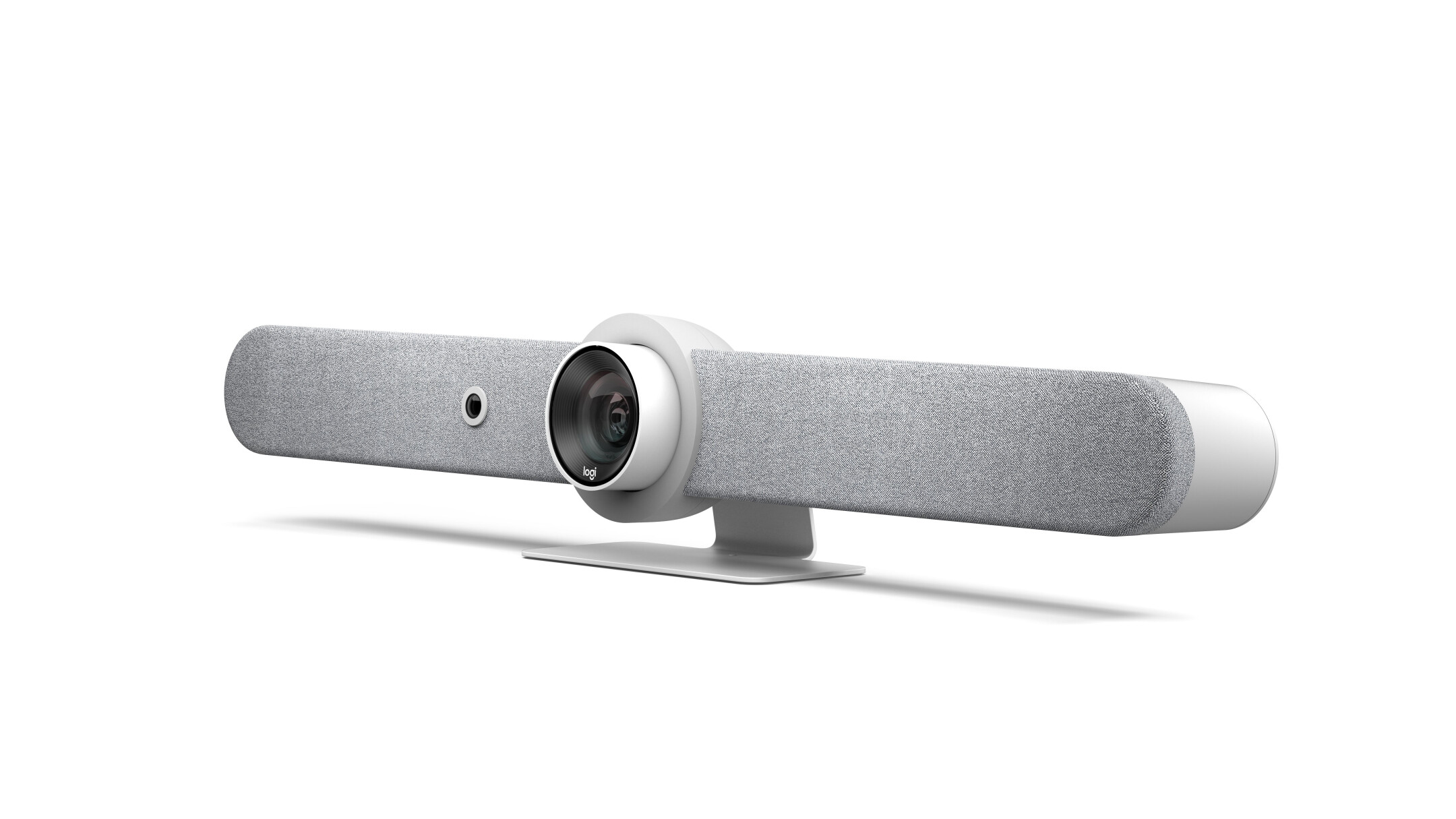































£2,465.06*
Prices incl. VAT.
3-5 working days In stock. Ready for immediate dispatch. Delivery Time 3-5 working days
Shipping from £8.99 Product number: 1000016093
- Resolution 3840 x 2160 4K UHD
- Field of view 90°
- Optical Zoom 5


visunext Services
Frequently purchased together
£1,018.80*
£1,438.80*
£1,558.80*
Product information
Rally Bar offers a powerful all-in-one video conferencing experience with brilliant optics, automated pan, tilt and zoom, and powerful audio for medium-sized conference rooms. With Rally Bar, video conferencing can be as natural and productive as in-person meetings.
Experience the following highlights
All-in-one video bar for medium-sized rooms
Logitech Rally Bar sets a new standard for video conferencing in medium-sized rooms, with expansion options for larger groups and environments. It is remarkably easy to use, manage and scale to deploy, delivering cinema-quality audio and video in a sleek format.
The Rally Bar can be connected to any PC or Mac via plug and play. Or use the integrated operating system to run video conferencing applications directly on the device. Rally Bar features a multi-element lens assembly, powerful low-distortion speakers, and an advanced microphone system. This creates meeting experiences that sound as good as they look.
A custom AI camera enhances RightSight autoframing and delivers insights into room utilisation directly to the Logitech Sync dashboard. Upgrade your video conferencing with Rally Bar.
Everything in view
With a dual camera system and RightSight 2 autoframing technology, Rally Bar makes it possible for participants who are far away to join the conversation as if they were on site. Choose the grid view to avoid empty spaces and frame each person in their own stream, the speaker view to highlight the person speaking, or the group view to capture everyone in the room.
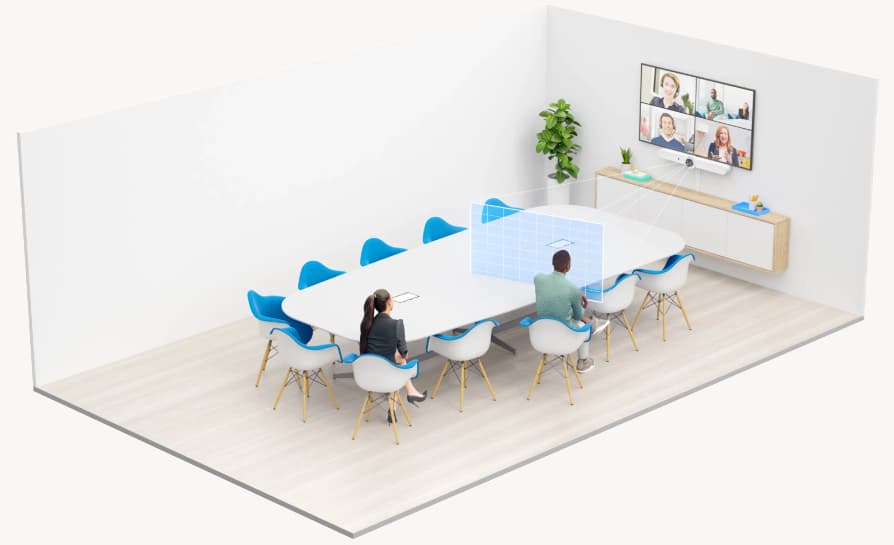
Brilliant optics
An innovative dual camera system with optical zoom and an AI viewfinder ensures uninterrupted, cinematic video transmission in medium-sized and large rooms.
Thanks to Logitech RightSight™, all meeting participants at every seat at the conference table are always perfectly visible. This camera control technology automatically moves the lens and adjusts the zoom to ensure that everyone is always in the picture. Devices that support RightSight 2 offer multiple display modes so that the meeting experience can be automatically adapted to the size, orientation and occupancy of the room.
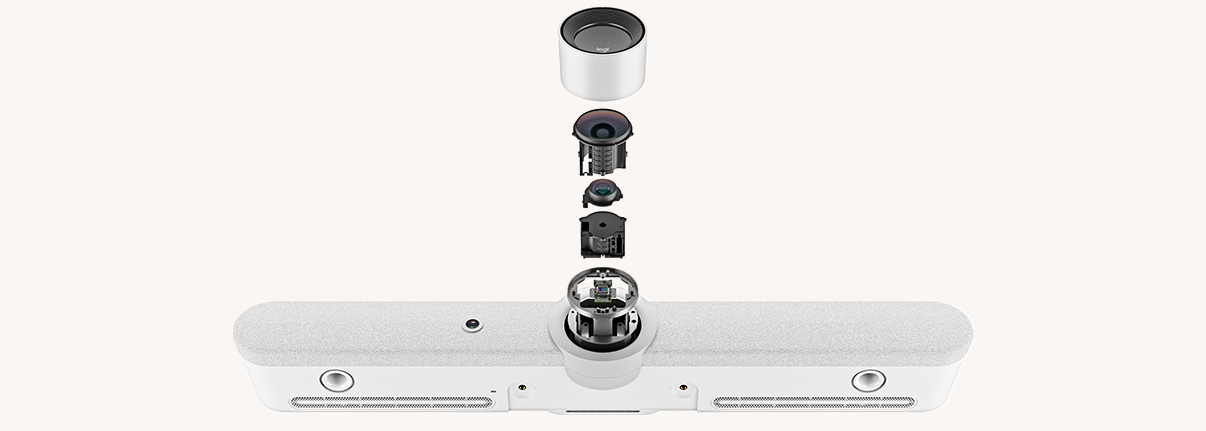
Great sound
Rally Bar's advanced audio capabilities deliver powerful, room-filling sound and ensure that every voice is heard.
.jpg)
AI sound optimisation
Automatically balances loud and soft voices – while suppressing unwanted noise – with AI-based RightSound technology that gets better over time.
Logitech RightSound is an innovative suite of sound processing technologies that delivers professional-sounding business video conferencing. Optimised for voice transmission, RightSound reduces unwanted noise (such as fans and keyboard clicks) and highlights the person currently speaking so that every word is clear and distinct. Plus, an advanced speech-recognition algorithm automatically boosts the volume of soft speakers so that all participants can be heard clearly and distinctly.
Expand the conversation area
Rally Mic Pods make it easy to expand the system for use in larger rooms. The Rally Bar Mini has a pickup range of up to 7 m, which can be significantly extended with up to three Mic Pods.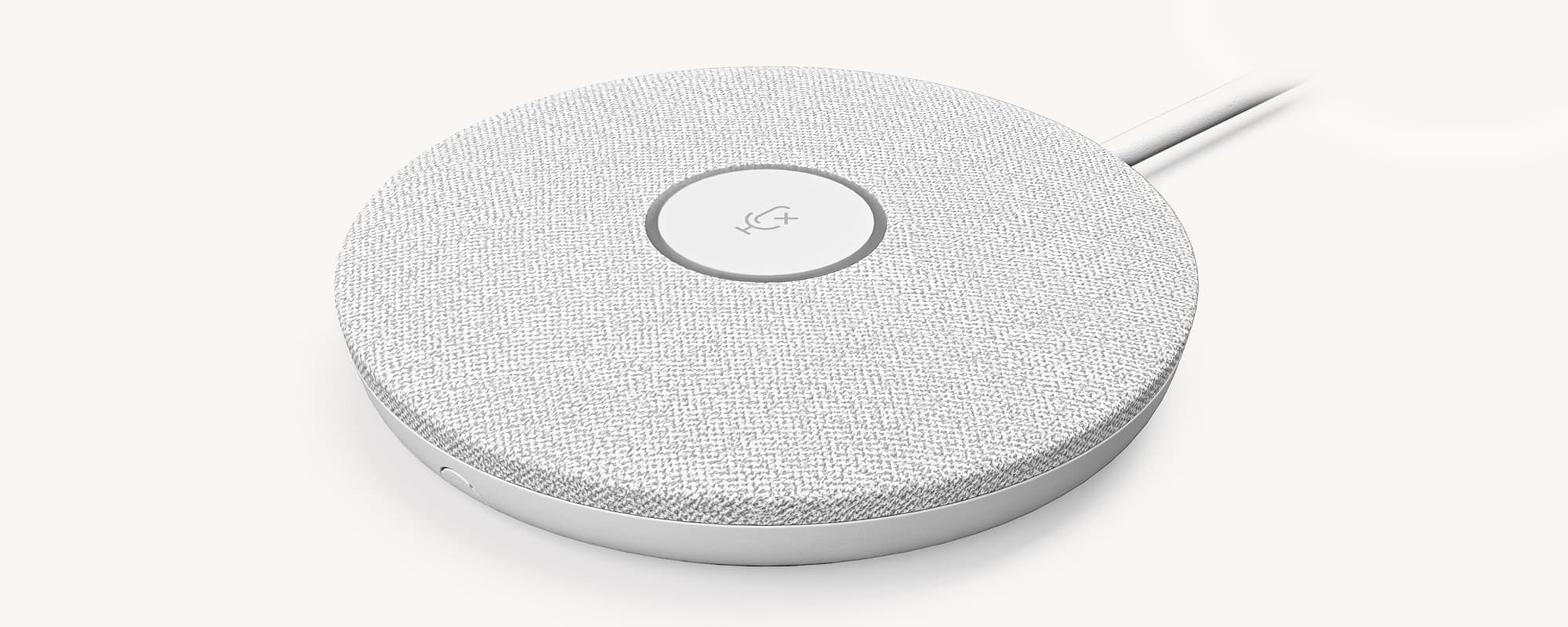
Built for scalability
Run supported video conferencing applications like Microsoft Teams® Rooms and Zoom® Rooms directly on the device – no computer or laptop required.
Connect to virtually any PC or Mac via USB without the need for additional software.
Ensure clean, reliable installations with secure cable management and minimal cabling.
Rally Bar can be mounted in a variety of ways, making it quick and easy to deploy in all your medium and large rooms.
Easy to manage
Logitech Sync makes it easy to manage your Logitech video collaboration devices. Monitor room health, deploy updates, and change settings from a single cloud-based platform. Sync Insights also provides long-term insights into the use of your conference rooms.
Experience the following highlights
- AI viewfinder for stable room view and people counting, lossless optical zoom
- Lossless optical zoom
- Crisp, clear images with resolutions up to 4K
- Motorised pan and tilt with RightSight autoframing
- Adaptive Beamforming Microphones
- AI sound optimisation
All-in-one video bar for medium-sized rooms
Logitech Rally Bar sets a new standard for video conferencing in medium-sized rooms, with expansion options for larger groups and environments. It is remarkably easy to use, manage and scale to deploy, delivering cinema-quality audio and video in a sleek format.
The Rally Bar can be connected to any PC or Mac via plug and play. Or use the integrated operating system to run video conferencing applications directly on the device. Rally Bar features a multi-element lens assembly, powerful low-distortion speakers, and an advanced microphone system. This creates meeting experiences that sound as good as they look.
A custom AI camera enhances RightSight autoframing and delivers insights into room utilisation directly to the Logitech Sync dashboard. Upgrade your video conferencing with Rally Bar.
Everything in view
With a dual camera system and RightSight 2 autoframing technology, Rally Bar makes it possible for participants who are far away to join the conversation as if they were on site. Choose the grid view to avoid empty spaces and frame each person in their own stream, the speaker view to highlight the person speaking, or the group view to capture everyone in the room.

Brilliant optics
An innovative dual camera system with optical zoom and an AI viewfinder ensures uninterrupted, cinematic video transmission in medium-sized and large rooms.
Thanks to Logitech RightSight™, all meeting participants at every seat at the conference table are always perfectly visible. This camera control technology automatically moves the lens and adjusts the zoom to ensure that everyone is always in the picture. Devices that support RightSight 2 offer multiple display modes so that the meeting experience can be automatically adapted to the size, orientation and occupancy of the room.

Great sound
Rally Bar's advanced audio capabilities deliver powerful, room-filling sound and ensure that every voice is heard.
.jpg)
AI sound optimisation
Automatically balances loud and soft voices – while suppressing unwanted noise – with AI-based RightSound technology that gets better over time.
Logitech RightSound is an innovative suite of sound processing technologies that delivers professional-sounding business video conferencing. Optimised for voice transmission, RightSound reduces unwanted noise (such as fans and keyboard clicks) and highlights the person currently speaking so that every word is clear and distinct. Plus, an advanced speech-recognition algorithm automatically boosts the volume of soft speakers so that all participants can be heard clearly and distinctly.
Expand the conversation area
Rally Mic Pods make it easy to expand the system for use in larger rooms. The Rally Bar Mini has a pickup range of up to 7 m, which can be significantly extended with up to three Mic Pods.

Built for scalability
Run supported video conferencing applications like Microsoft Teams® Rooms and Zoom® Rooms directly on the device – no computer or laptop required.
Connect to virtually any PC or Mac via USB without the need for additional software.
Ensure clean, reliable installations with secure cable management and minimal cabling.
Rally Bar can be mounted in a variety of ways, making it quick and easy to deploy in all your medium and large rooms.
Easy to manage
Logitech Sync makes it easy to manage your Logitech video collaboration devices. Monitor room health, deploy updates, and change settings from a single cloud-based platform. Sync Insights also provides long-term insights into the use of your conference rooms.

Technical data
| Name | Logitech Rally Bar Conference Camera, 3840 x 2160 4K UHD, 30 fps, 90° |
|---|---|
| Article number | 1000016093 |
| GTIN/EAN | 5099206089365 |
| Manufacturer SKU | 960-001323 |
| Model name | Rally Bar |
| Brand | Logitech |
| Product Type | Conference Camera |
| Application | Large Rooms |
| Resolution | 3840 x 2160 4K UHD |
| Frames per Second | 30 fps |
| Focus type | Manual & automatic focus |
| Digital Zoom | 3 |
| Optical Zoom | 5 |
| Field of view | 90° |
| Inputs | 1x Ethernet , 1x HDMI , 1x USB-C , 3x USB-A |
| Outputs | 2x HDMI |
| Features | Microsoft Teams |
| Product width | 91 cm |
| Product height | 16.4 cm |
| Product depth | 16 cm |
| Weight | 7.08 kg |
| Colour | White |
| Condition | New |
| Warranty | 24 Month |
| Warranty type | Bringin service Service and support information |
Downloads
Product safety
| Company |
|---|
| Logitech |
| EPFL - Quartier de l'Innovation, Daniel Borel Innovation Center |
| 1015 Lausanne |
| Switzerland |
| info@logitechg.de |



